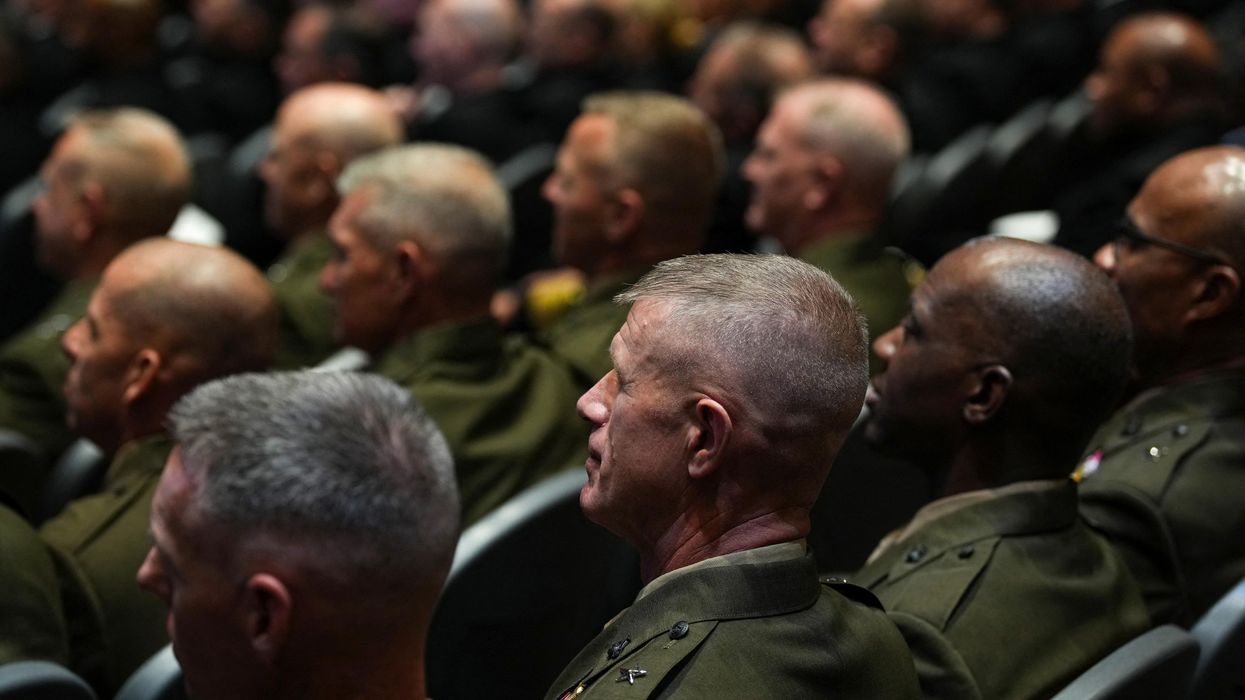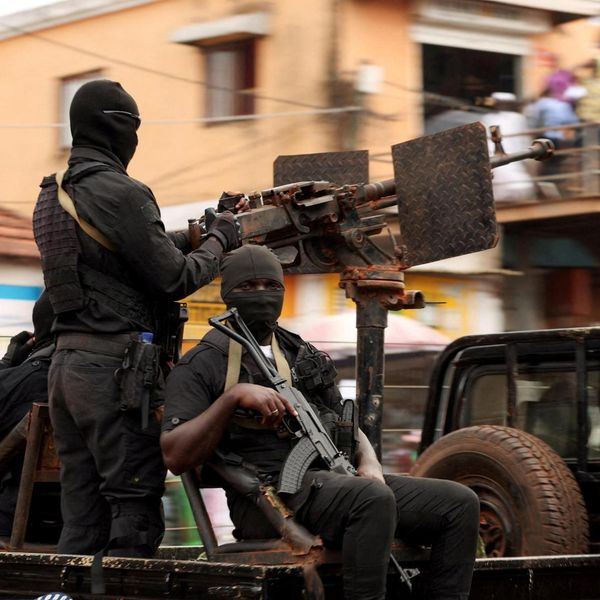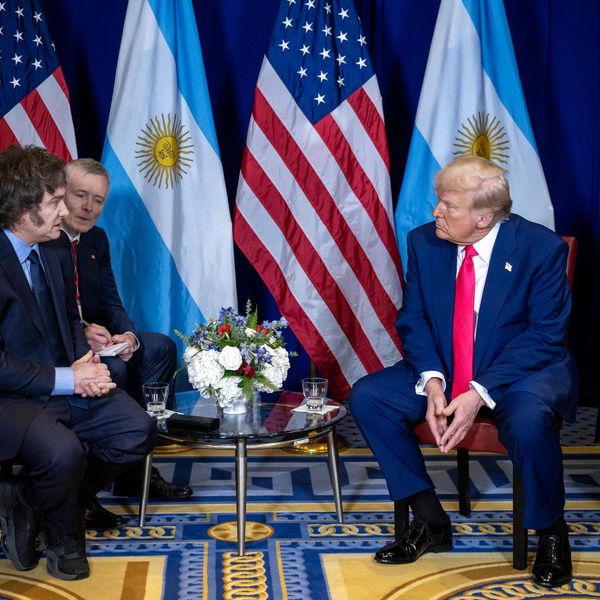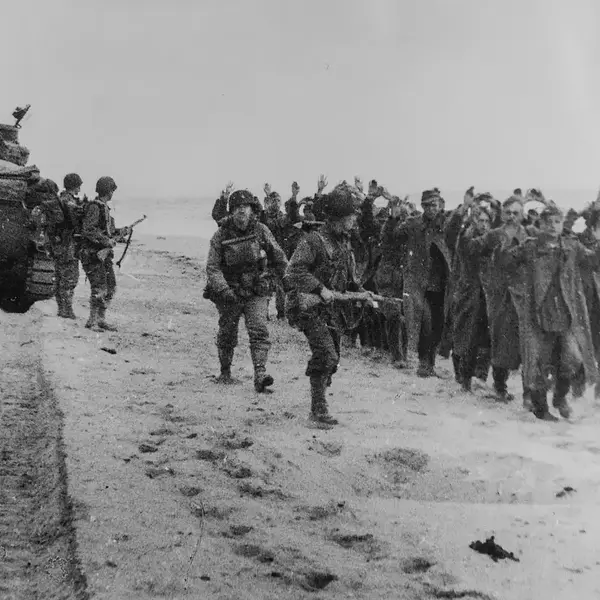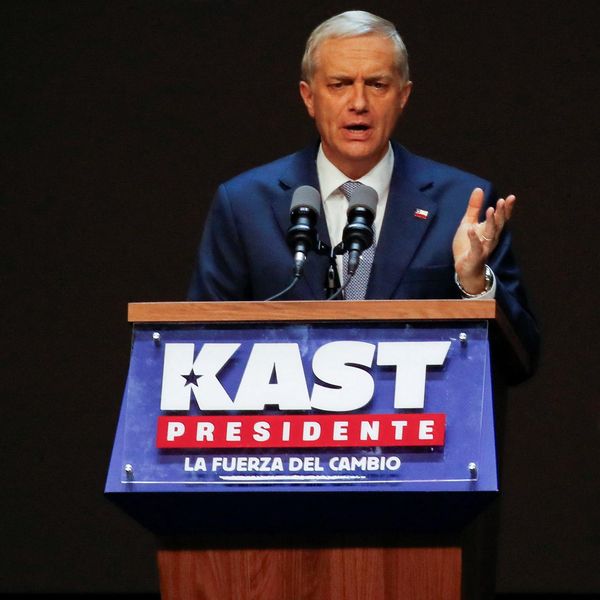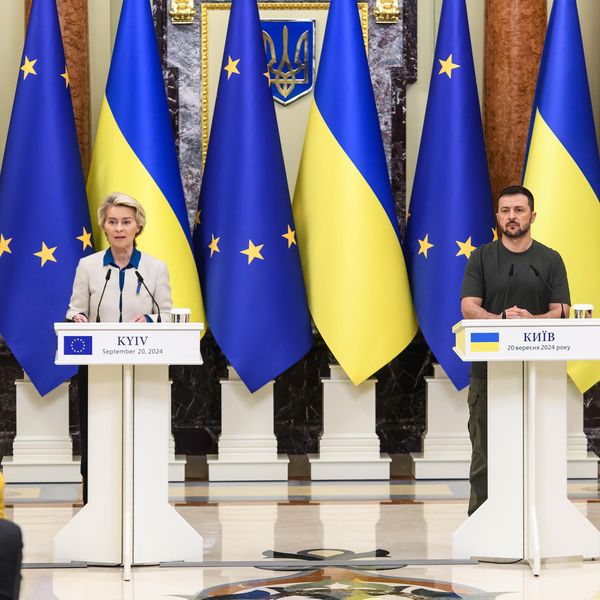The White House announced Thursday that it will employ a new, far stricter standard for approving weapons sales to countries with a record of human rights abuses.
The State Department is now instructed to block U.S. arms transfers to any country that will “more likely than not” use them to commit serious human rights violations. Officials previously had to have “actual knowledge” that American weapons would be used to perpetrate such offenses.
The new rule “gives a decision-maker who wants to honor human rights a better capability to do that than the ‘actual knowledge’ standard,” according to Jeff Abramson of the Arms Control Association. U.S. officials have not specified which countries could be affected by the policy.
The change, which Reuters first reported on Wednesday, is part of President Joe Biden’s long-awaited Conventional Arms Transfer (CAT) policy. The document outlines the administration’s general approach to foreign security assistance and includes guidance for the State Department, the Pentagon, and the Commerce Department.
Experts say Biden’s CAT policy represents a significant shift from that of President Donald Trump, which emphasized the economic benefits of U.S. weapons sales while discounting risks of abuse.
“This policy, certainly in rhetoric, advances important human rights security sector goals in ways that are stronger than previous policies,” said Abramson.
Among other changes, the new policy will also consider the “security sector governance” of prospective buyers, according to a State Department official who spoke with reporters Wednesday.
“What we mean there is security institutions [...] that are subject to rule of law, that have effective accountability in the case of abuses,” the official said. “We’ve seen this obviously over the years as an indicator of whether a receiving government will use U.S. arms transfers responsibly.”
Arms control experts and advocates welcomed the changes and called on the Biden administration to strictly enforce its new policy, which will no doubt draw criticism from autocratic allies and defense industry lobbyists alike.
For Bill Hartung of the Quincy Institute, the “key question” is whether this policy’s focus on human rights will be upheld in practice. “The administration’s actual record versus its rhetoric will be the test of whether the new policy is a fresh start or ends up promoting a business-as-usual approach to arms transfers,” he wrote.
Notably, the policy does not address the Arms Trade Treaty, a multilateral agreement that Trump attempted to “unsign” in 2018. The U.S. has not yet ratified the deal, which places a significant emphasis on human rights and international security considerations for potential weapons sales.
And, as Abramson noted, other provisions in the CAT policy could encourage policymakers to sign off on controversial deals. “There is certainly wording in there about the defense industrial base, about winning countries over to the United States, which could lead to direction of more sales rather than less sales,” he said.
The United States has sold weapons to roughly half of the world’s countries, including notorious human rights abusers like Nigeria, Israel, Saudi Arabia, Turkey, the United Arab Emirates, the Philippines, and others. Just last year, the Biden administration approved a controversial sale of helicopters and military other equipment to Egypt despite significant opposition from Congress.
American exports made up fully 39 percent of the international arms trade between 2017 and 2021, according to data from the Stockholm International Peace Research Institute (SIPRI). The only other countries whose share of global exports surpassed five percent were Russia (19 percent) and France (11 percent).
But that could be changing. The conflict in Ukraine has led to a massive increase in demand for weapons, which has boosted growing arms industries in countries like South Korea and Israel.
“Demand for arms and a new eagerness on the part of exporters to provide them is likely to contribute to an acceleration in the pace and scale of the global weapons trade,” wrote Elias Yousif of the Stimson Center in a recent piece.
Few data points illustrate this better than IDEX 23, the international weapons expo taking place this week in the UAE. As Washington releases its new CAT policy, Abu Dhabi is hosting weapons firms from around the world, including Russian and Ukrainian companies eager to sell their battle-tested wares. Several participants, including Emirati arms maker EDGE Group, have announced new sales worth billions of dollars, while an American official told Breaking Defense that the UAE may yet get its hands on the F-35.
As the weapons trade enters this boom period, Abramson hopes that the U.S. will strictly enforce the policy, which could serve as a standard for other countries.
“As by far the world’s largest arms provider, U.S. CAT policy will set the tone for others as many countries ramp up weapons production and inevitably look toward sales to sustain that industry,” he wrote in a recent piece. “Whether we see a global free-for-all, or arms transfers guided by restraint and transparency, may hang in the balance.”



